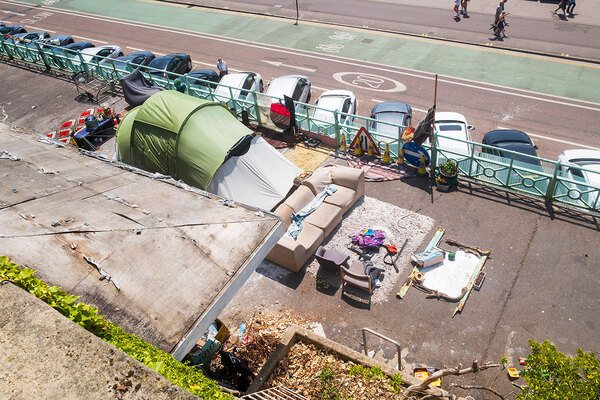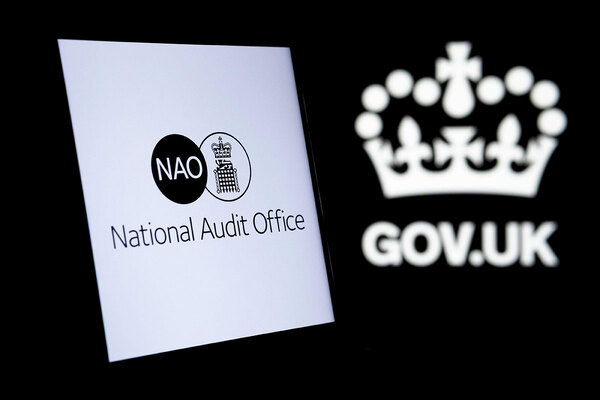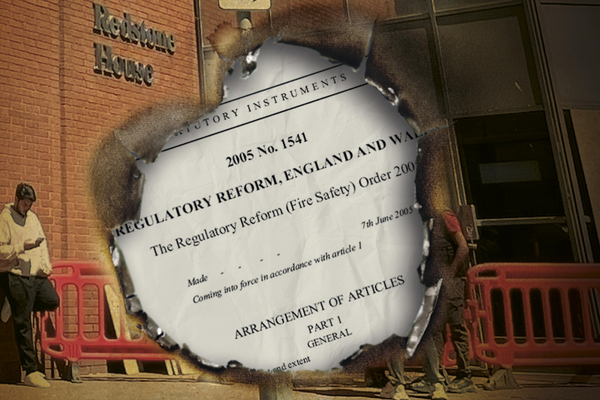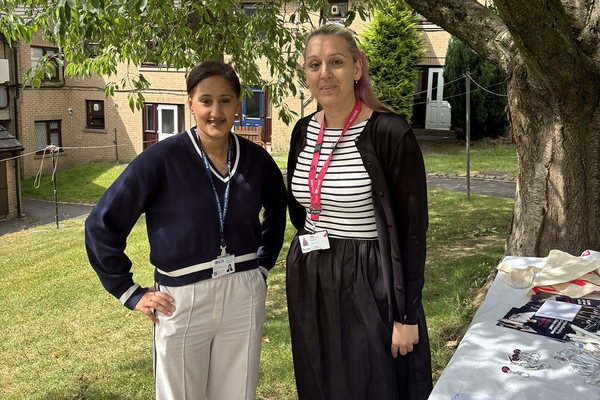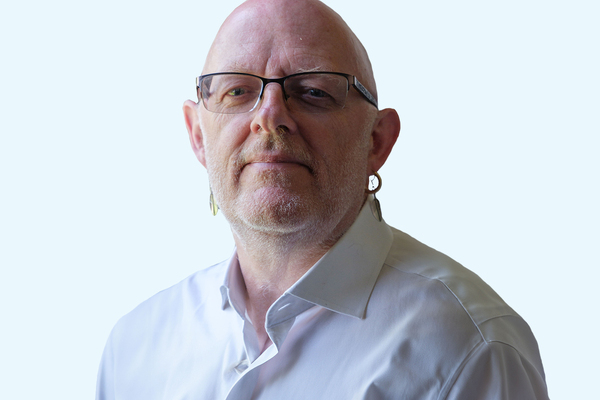You are viewing 1 of your 1 free articles
We can’t prioritise safety for residents without prioritising safety for staff
We can’t prioritise safety for residents without prioritising safety for staff, argues Liz Oliver, senior housing consultant and coach at well-being consultancy One True Path
In housing, we talk a lot about safety – building safety, fire safety and resident safety. But we rarely talk about the safety of one group: the people who deliver it all.
Frontline and operational staff are navigating an increasingly high-stakes landscape of regulatory pressure, resident trauma and public scrutiny – all while balancing relentless workloads and the emotional weight of the job. The emotional toll this takes is often overlooked.
I’ve spent over 20 years in the sector and I have seen first-hand the unspoken load our teams carry. I remember a brilliant, dedicated colleague who told me she was crying in her car before and after visits. Another colleague stopped sleeping altogether and ended up off sick for months.
These aren’t isolated experiences. They’re the quiet crises no one talks about.
“There’s a deeply embedded culture in housing, especially among frontline staff, of soldiering on and putting residents first, no matter the cost”
There’s a deeply embedded culture in housing, especially among frontline staff, of soldiering on and putting residents first, no matter the cost. While that’s often driven by compassion, it can also breed silence, shame and fear.
What we call resilience is often just survival. Staff absorb trauma daily – from safeguarding disclosures and fire risk reports, to repeated exposure to emotionally charged complaints. Customer service centre teams handle constant calls and emails from distressed or angry residents, while chasing updates from colleagues already stretched to the limit.
It’s an impossible task: stuck between crisis and capacity.
But the pressure doesn’t stop at the frontline. Managers and leadership teams are under immense strain, too, constantly trying to meet shifting regulatory demands, manage risk, respond to inspections and deliver on new build targets, all at once.
Change has become the only constant, and with it, relentless pressure to adapt, deliver and keep morale afloat.
Executive teams, in turn, absorb pressure from boards, the government and funding bodies, which then gets pushed down. Everyone is feeling it.
I’ve mentored talented, committed professionals who felt like failures for not being able to keep up. And I’ve been there, too. I’ve experienced burnout: exhaustion, guilt and a deep fear of letting people down. It’s something we don’t talk about enough, especially at the leadership level, but the silence around it is part of the problem.
“I’ve mentored talented, committed professionals who felt like failures for not being able to keep up”
There’s a growing obsession with metrics: satisfaction scores, case closures, service compliance and audit results. While these things matter, they’re often prioritised over the human reality beneath them.
We celebrate big project launches and ‘green’ dashboards, but rarely acknowledge the people keeping the wheels turning. There’s little recognition for consistency, care or the quiet leaders creating stability in the chaos.
Well-being initiatives are promoted, but people feel they can’t take time to engage with them – not when their inbox is full and they’re already working late. The message becomes: take care of yourself, but don’t let the metrics fall.
We cannot afford to treat staff well-being as a box-ticking exercise. If we want resilient, high-performing services, we need resilient, well-supported teams.
Burnout leads to mistakes. Constant change without capacity creates chaos. When good people leave, we lose experience, trust and continuity, which take years to rebuild.
What could good look like?
- Trauma-aware leadership and line management
- Realistic workloads tied to actual resources
- Recognition for people holding the line, not just delivering headlines
- Permission and expectation to reflect, pause, and speak up safely
- Leaders modelling boundaries and emotional honesty
With ongoing policy reform, new legislative frameworks and ambitious national new-build targets, the load on the housing sector will only grow, but we’re still operating in a fragmented landscape, not just between organisations, but often within them.
Different systems are used for core services like housing management, compliance and resident engagement, with little integration and no sector-wide standard. Policies, reporting methods and data-collection practices vary widely. Without a unified framework, collaboration is difficult, benchmarking is inconsistent, and the pressure to deliver is intensified for every team involved.
If the government provided a shared framework for well-being and resilience, we could align efforts, share tools and build capacity across the sector, not just within isolated organisations.
Until we do, we’ll continue to place impossible expectations on our people and wonder why they leave. We can’t keep asking housing professionals to hold it all without holding them. This is a sector built on compassion, grit and deep care for communities, but that care has to go both ways.
If we truly care about outcomes, risk and resident safety, we must care just as much about the people delivering them, because the human cost? It’s already being paid.
Liz Oliver, senior housing consultant and coach, One True Path
Subscribe to Inside Housing Management and sign up to the newsletter

Inside Housing Management is the go-to source for learning, information and ideas for housing managers.
Subscribe here to read the articles.
Already have an account? Click here to manage your newsletters.
Latest stories

